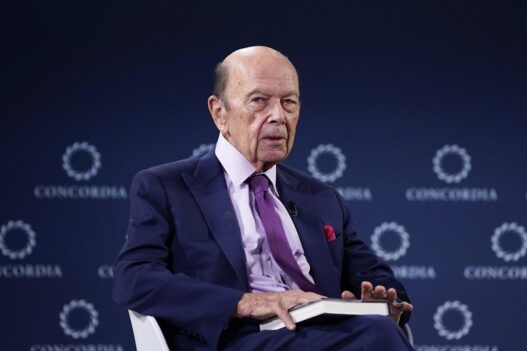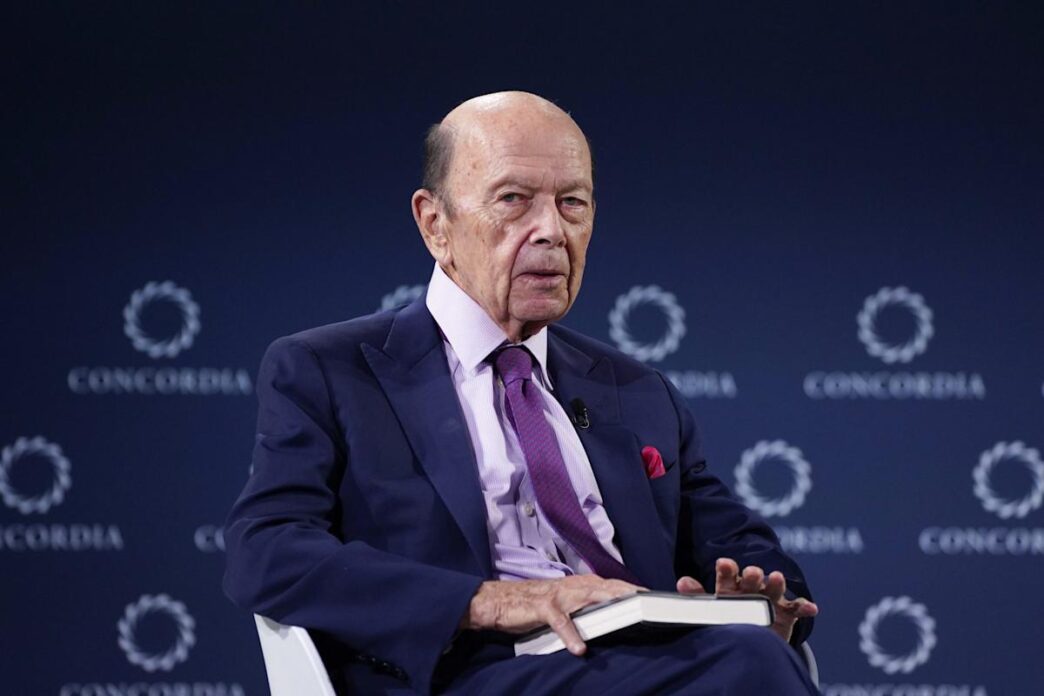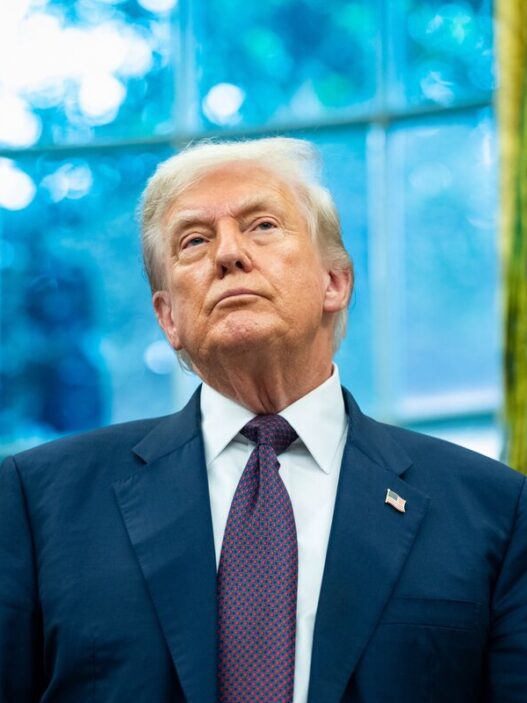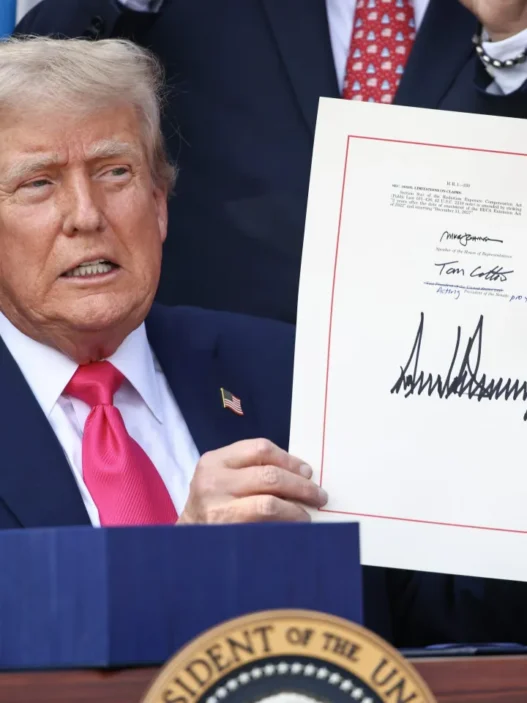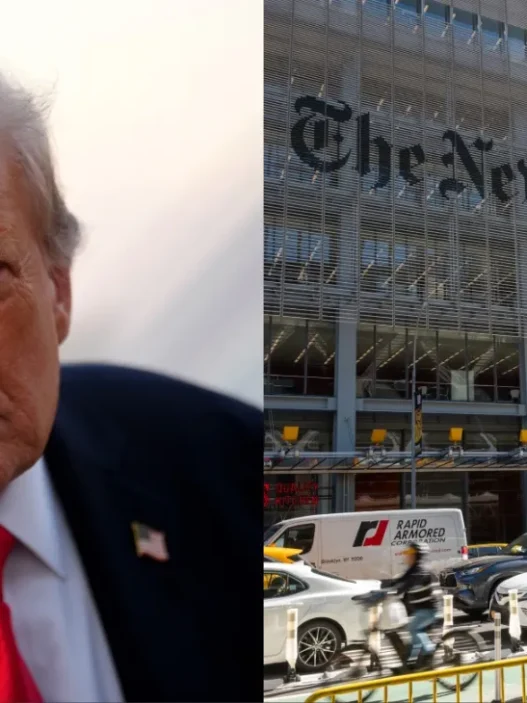As Trump doubles down on his aggressive trade strategy, former allies say he’s boxed himself into an economic corner that could reshape global commerce — again.
The Tariff Dilemma: No Turning Back
Former White House trade adviser and one of the architects of Donald Trump’s trade policy, Robert Lighthizer, has sounded a sharp warning: Trump can’t — and likely won’t — walk back his tariff agenda if he returns to the presidency.
In recent remarks, Lighthizer said Trump’s renewed promise to impose broad tariffs on imports, including a 10% baseline tariff on all foreign goods and 60% or more on Chinese imports, is no longer just campaign rhetoric — it’s a cornerstone of his political identity.
“He’s too committed to this now,” Lighthizer said. “To abandon tariffs would be a pretty horrific decision politically and economically for him.”
That sentiment captures the paradox of Trump’s second-term trade vision: the same strategy that once defined his populist appeal now risks boxing him into a policy with enormous global and domestic consequences.
How Trump’s Tariff Policy Became a Political Identity
During Trump’s first term, tariffs became more than an economic tool — they were a symbol of nationalist revival, an assertion that America would no longer be, in his words, “the piggy bank that everybody’s robbing.”
From 2018 to 2020, Trump’s administration levied over $350 billion in tariffs on Chinese goods, alongside duties on steel, aluminum, and European products. The policy sparked trade wars, retaliatory tariffs, and turbulence across global supply chains.
Critics accused Trump of hurting U.S. consumers and farmers, but his political base saw the move as defending American jobs and manufacturing strength. That symbolism, Lighthizer argues, makes reversing course politically impossible.
“Tariffs are part of his brand now,” said Lighthizer. “To step away from them would mean stepping away from everything he’s been fighting for since 2016.”
The 2025 Tariff Playbook: A Global Reset
Trump’s current tariff proposal — a 10% universal import tax and an escalating series of punitive measures on “unfair trading partners” — represents an even more aggressive version of his earlier approach.
According to Trump campaign advisers, the new tariff regime would aim to:
- Reduce the U.S. trade deficit with China, Europe, and Mexico.
- Boost domestic production through higher import costs.
- Fund tax cuts and infrastructure spending through tariff revenue.
In theory, the plan would bring manufacturing back to the U.S. In practice, economists warn it could raise consumer prices, trigger global retaliation, and unsettle markets.
The nonpartisan Peterson Institute for International Economics estimates that Trump’s universal tariff plan could cost the average American household $1,700 a year in higher prices.
“A 10% blanket tariff is effectively a tax on every U.S. consumer,” said economist Chad Bown. “It would hit lower- and middle-income families hardest.”
Lighthizer’s Defense: Tariffs as Strategic Leverage
Despite mounting criticism, Lighthizer remains one of the few economic figures to defend tariffs as strategic leverage, not merely protectionism.
He argues that decades of globalization hollowed out U.S. industry while empowering China and that tariffs are the only way to force fair competition.
“It’s not about isolationism — it’s about sovereignty,” Lighthizer said. “The global system as designed under the WTO doesn’t work for the United States anymore.”
This worldview resonates deeply within Trump’s circle and among American workers disillusioned with free trade. It also reflects a broader global shift: Europe, China, and India have all begun using industrial policy and tariffs to protect strategic sectors.
In other words, Trump’s tariffs may no longer be an outlier — they’re part of a new era of economic nationalism.
The Political Cost of Retreat
Still, even some of Trump’s allies admit that doubling down on tariffs carries serious political and economic risks.
Within Republican business circles, there’s quiet concern that escalating trade barriers could alienate Wall Street, strain U.S. alliances, and fuel inflation just as the Federal Reserve struggles to stabilize prices.
“Tariffs play well at rallies,” said one former administration official, speaking anonymously. “But governing through tariffs for four years straight would be a nightmare for markets and consumers.”
Backing away, however, may not be an option. Trump has positioned himself as the only leader willing to confront China and global trade imbalances — and any reversal would undercut that central message.
Lighthizer put it bluntly:
“He can’t pivot to free trade now. That would destroy his credibility. He’s locked in — politically, ideologically, and emotionally.”
Economic Fallout and Global Tensions
If Trump follows through, economists warn of a second wave of trade wars that could ripple across global markets.
China, already strained by slow growth, could retaliate with new barriers on American agriculture and technology exports. The European Union has also hinted it would respond in kind if U.S. tariffs targeted its industrial goods.
Multinational companies, meanwhile, are bracing for another supply chain shock — one that could upend cost structures just as post-pandemic stabilization takes hold.
“Global trade is already fragile,” said Ngozi Okonjo-Iweala, Director-General of the World Trade Organization. “Another round of unilateral tariffs could push the world economy into fragmentation.”
A $2 Trillion Gamble
The stakes are enormous. The U.S. imports more than $3 trillion in goods annually — meaning a 10% tariff could amount to $300 billion in new trade taxes.
That would make tariffs one of the largest tax hikes in modern history, even as Trump pledges not to raise taxes on individuals or corporations. Economists estimate such a move could shave up to 1% off U.S. GDP growth in the first year alone.
Yet for Trump’s political narrative, the math is secondary. The tariffs aren’t just policy; they’re performance — proof of his willingness to defy elites and “fight for America.”
The Road Ahead: Tariffs as a 2025 Defining Battle
As Trump’s trade advisers quietly draft contingency plans for a second term, it’s clear that tariffs will again dominate the economic agenda — and define U.S. relations with China, Europe, and Mexico for years to come.
For Lighthizer, this is both a validation and a warning. The man who helped design the first wave of Trump-era tariffs sees the logic — but also the danger — in pursuing them without flexibility.
“If he wins, he’ll double down,” Lighthizer concluded. “But make no mistake — once you choose this path, you can’t reverse it easily. The whole world adjusts to your move. And that’s the point of no return.”
The Tariff Legacy: Populism Meets Globalization
Ten years after Trump first launched his trade revolution, the debate over tariffs has evolved from economics to ideology. What began as a challenge to China has become a worldview — a rejection of global interdependence in favor of national control.
Whether it works or not, the momentum is undeniable. As one Wall Street strategist put it, “Even if Trump’s tariffs hurt the economy, they win him the argument. And in politics, that’s all that matters.”
The result: a global economy preparing once again for turbulence — and a president too committed to turn back.









